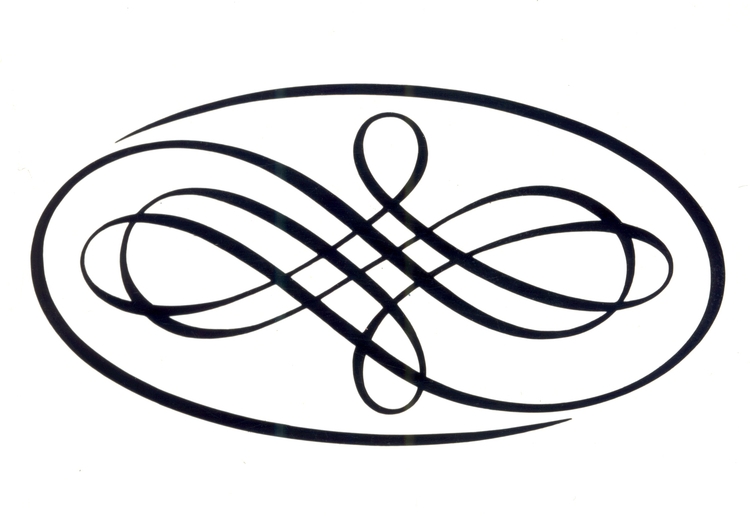Paul Matisse
Paul Matisse is an artist whose work incorporates elements of mechanical design and invention. He graduated from Harvard University in 1954 and studied at the Harvard Graduate School of Design. He worked briefly with Buckminster Fuller and then for Arthur D. Little, Inc. in Cambridge. In 1963 he invented the Kalliroscope©, a work of art based on the display of convection currents, which he still supplies to museums and research centers. In 1976 he designed and built the mobile in the National Gallery of Art in Washington from a model made by Alexander Calder, after which he wrote a book on the last notes of the artist Marcel Duchamp. His own work has been shown in the Metropolitan Museum and the Museum of Modern Art in New York, the Institute of Contemporary Art in Boston, and in museums and galleries in Europe and Japan.
From 1980 onwards, Paul has been working primarily with sound, developing tuned cylindrical aluminum bells, which produce long lasting, richly harmonious tunes that fade beautifully into silence. Commissions during that period include “The Musical Fence, “The Kendall Band”, “Sixteen Bells”, “Forest Bells”, “The Charlestown Bells”, “The Memorial Bell”, an 18 foot long tubular bell, for the National Japanese American Memorial to Patriotism in Washington DC, “The Olympic Bell” for the 2004 Summer Olympic Games in Athens, “The Gallery Bells”, “Silo Bell” and “Meditation Bell” installed at Chateau LaCoste in Provence, France.
Paul lives in Groton, MA, where his workshop, gallery and home are located in the old Baptist Church building.

